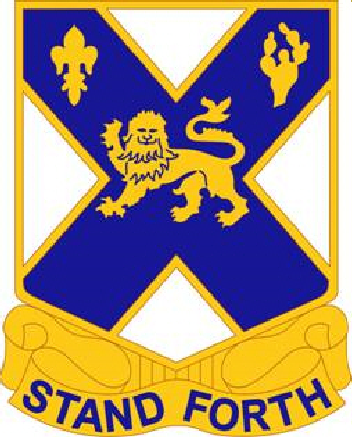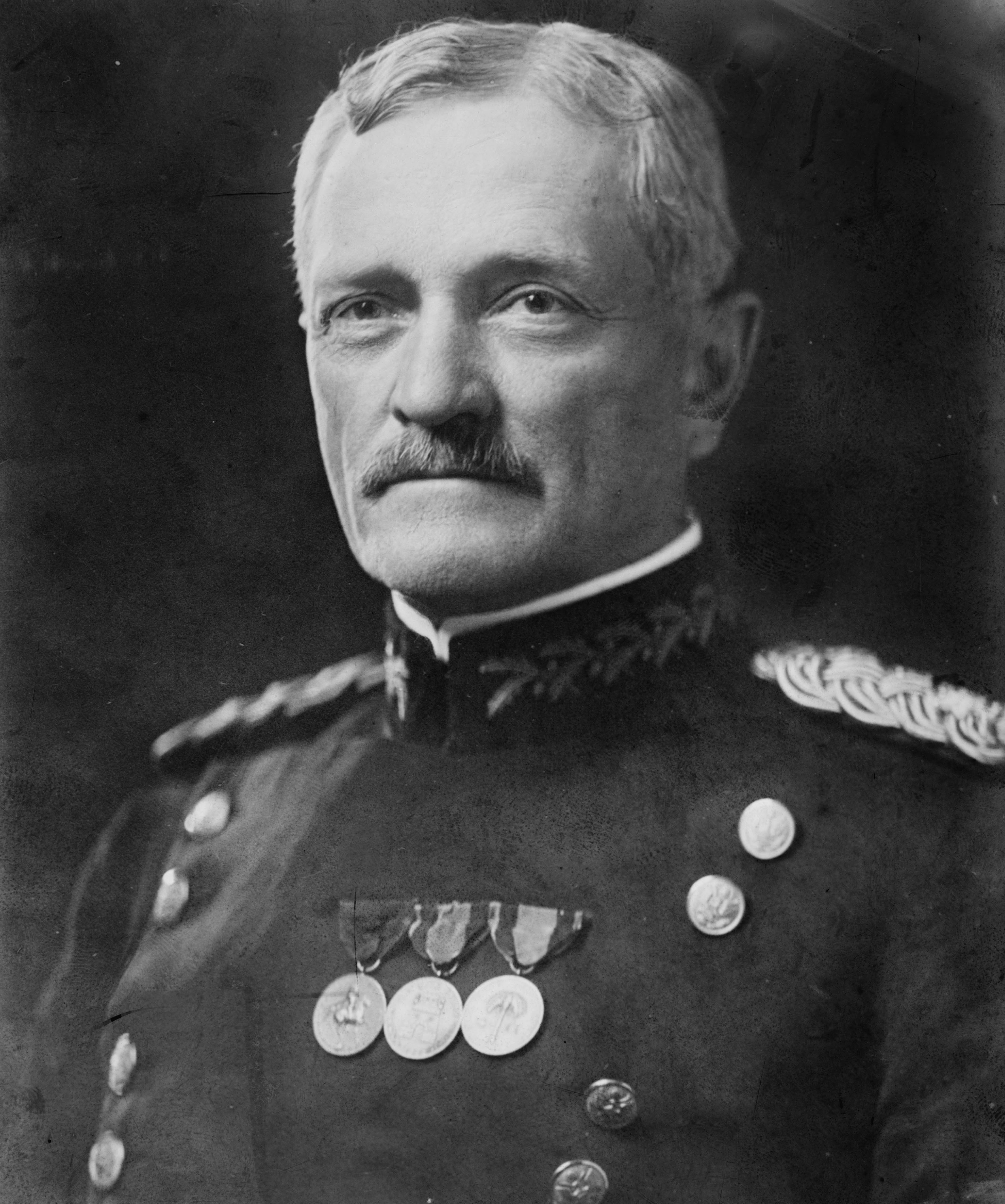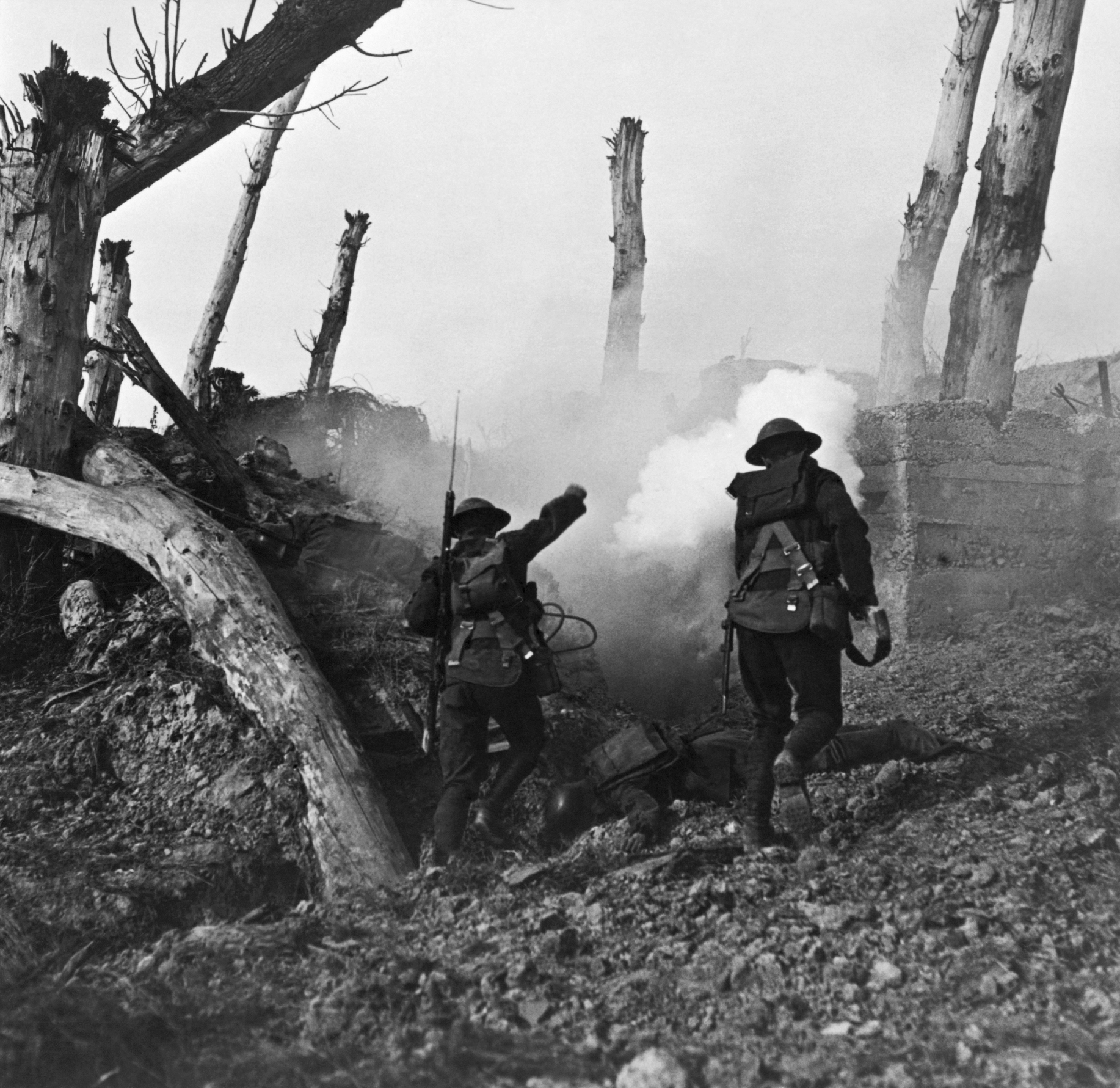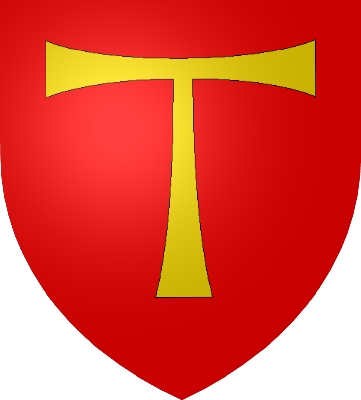|
102nd Infantry Regiment (United States)
The 102nd Infantry Regiment currently consists of one battalion in the Connecticut National Guard. In the modern U.S. Army regimental system, regimental designation is used only in historical tradition, and there is no regimental headquarters or staff. It is one of several National Guard units with colonial roots. The 1st Battalion, 102nd Regiment is headquartered in New Haven, Connecticut. Its mascot is Sergeant Stubby. Service history World War I In August 1917, the Regiment was organized with 3,755 Officers and enlisted men: * Headquarters & Headquarters Company- 303 ** Supply Company- 140 ** Machine Gun Company- 178 ** Medical & Chaplain Detachment- 56 * Infantry Battalion (x3)- 1,026 ** Headquarters- 2 ** Rifle Company (x4)- 256 The 102nd was stationed at the Neufchateau, Vosges Training Area during the fall and winter of 1917 with the 26th Division also known as the Yankee Division which included the 101st, 103rd and 104th infantry regiments. They were then deploy ... [...More Info...] [...Related Items...] OR: [Wikipedia] [Google] [Baidu] |
Armorial Of The United States Army
Coats of arms of US Army units are heraldic emblems associated with units in the US Army. Under Army Regulation 840-10, each regiment and separate table of organization and equipment (TOE) battalion of the US Army is authorized a coat of arms to be displayed on the organization's flag, called the "colors." This coat of arms usually forms the basis for the unit's distinctive unit insignia (DUI), the emblem worn by all members of the unit on their service uniforms. Below are galleries ... [...More Info...] [...Related Items...] OR: [Wikipedia] [Google] [Baidu] |
Battle Of Saint-Mihiel
The Battle of Saint-Mihiel was a major World War I battle fought from 12–15 September 1918, involving the American Expeditionary Forces (AEF) and 110,000 French troops under the command of General John J. Pershing of the United States against German positions. The U.S. Army Air Service played a significant role in this action.Hanlon (1998)History of War (2007) This battle marked the first use of the terms "D-Day" and "H-Hour" by the Americans. The attack at the Saint-Mihiel salient was part of a plan by Pershing in which he hoped that the Americans would break through the German lines and capture the fortified city of Metz. It was the first large offensive launched mainly by the United States Army in World War I, and the attack caught the Germans in the process of retreating. This meant that their artillery was out of place and the American attack, coming up against disorganized German forces, proved more successful than expected. The Saint-Mihiel attack established the st ... [...More Info...] [...Related Items...] OR: [Wikipedia] [Google] [Baidu] |
Saint-Mihiel
Saint-Mihiel () is a commune in the Meuse department in Grand Est in north-eastern France. Geography Saint-Mihiel lies on the banks of the river Meuse. History A Benedictine abbey was established here in 708 or 709 by Count Wulfoalde and his wife Adalsinde. The library, containing over 9,000 works, is still on the original site. During World War I, Saint-Mihiel was captured by the Germans in 1914, and was recaptured during the Battle of Saint-Mihiel by the American Expeditionary Forces (AEF) from 12 September to 19 September 1918. Population Features Saint-Mihiel is known for its sculptures by Renaissance sculptor Ligier Richier (1500–1567). Saint-Mihiel serves both as the starting and ending point of the 2014 video game Valiant Hearts: The Great War. See also *Communes of the Meuse department *Léopold Durand *Sculptures by Ligier Richier *List of World War I memorials and cemeteries in the area of the St Mihiel salient List of World War I memorials and cemeteries in t ... [...More Info...] [...Related Items...] OR: [Wikipedia] [Google] [Baidu] |
La Fere
LA most frequently refers to Los Angeles, the second largest city in the United States. La, LA, or L.A. may also refer to: Arts and entertainment Music * La (musical note), or A, the sixth note * "L.A.", a song by Elliott Smith on ''Figure 8'' (album) * ''L.A.'' (EP), by Teddy Thompson * ''L.A. (Light Album)'', a Beach Boys album * "L.A." (Neil Young song), 1973 * The La's, an English rock band * L.A. Reid, a prominent music producer * Yung L.A., a rapper * Lady A, an American country music trio * "L.A." (Amy Macdonald song), 2007 * "La", a song by Australian-Israeli singer-songwriter Old Man River Other media * l(a, a poem by E. E. Cummings * La (Tarzan), fictional queen of the lost city of Opar (Tarzan) * ''Lá'', later known as Lá Nua, an Irish language newspaper * La7, an Italian television channel * LucasArts, an American video game developer and publisher * Liber Annuus, academic journal Business, organizations, and government agencies * L.A. Screenings, a te ... [...More Info...] [...Related Items...] OR: [Wikipedia] [Google] [Baidu] |
Épieds, Aisne
Épieds () is a commune in the Aisne department in Hauts-de-France in northern France. Population See also *Communes of the Aisne department The following is a list of the 799 Communes of France, communes in the French Departments of France, department of Aisne. The communes cooperate in the following Communes of France#Intercommunality, intercommunalities (as of 2020): References Communes of Aisne Aisne communes articles needing translation from French Wikipedia {{ChâteauThierry-geo-stub ...[...More Info...] [...Related Items...] OR: [Wikipedia] [Google] [Baidu] |
Second Battle Of The Marne
The Second Battle of the Marne (french: Seconde Bataille de la Marne) (15 July – 18 July 1918) was the last major German offensive on the Western Front (World War I), Western Front during the World War I, First World War. The attack failed when an Allied counterattack, supported by several hundred tanks, overwhelmed the Germans on their right flank, inflicting severe casualties. The German defeat marked the start of Hundred Days Offensive, the relentless Allied advance which culminated in the Armistice of 11 November 1918, Armistice with Germany about 100 days later. Background Following the failure of the German spring offensive to end the conflict, Erich Ludendorff, Operations (military staff), Chief Quartermaster General, believed that an attack through Flanders would give Germany a decisive victory over the British Expeditionary Force (World War I), British Expeditionary Force (BEF). To shield his intentions and draw Allied troops away from Belgium, Ludendorff planned for ... [...More Info...] [...Related Items...] OR: [Wikipedia] [Google] [Baidu] |
Third Battle Of The Aisne
The Third Battle of the Aisne (french: 3e Bataille de l'Aisne) was a battle of the German spring offensive during World War I that focused on capturing the Chemin des Dames Ridge before the American Expeditionary Forces arrived completely in France. It was one of a series of offensives, known as the ''Kaiserschlacht'', launched by the Germans in the spring and summer of 1918. Background The massive surprise attack (named ''Blücher-Yorck'' after two Prussian generals of the Napoleonic Wars) lasted from 27 May until 6 June 1918 and was the first full-scale German offensive following the Lys Offensive in Flanders in April. The Germans held the Chemin des Dames Ridge from the First Battle of the Aisne in September 1914 to 1917, when General Mangin captured it during the Second Battle of the Aisne (in the Nivelle Offensive). Operation Blücher-Yorck was planned primarily by General Erich Ludendorff, the First Quartermaster-General of the German Army, who was certain that succ ... [...More Info...] [...Related Items...] OR: [Wikipedia] [Google] [Baidu] |
United States Campaigns In World War I
The United States campaigns in World War I began after American entry in the war in early April 1917. The American Expeditionary Force (AEF) served on the Western Front, under General John J. Pershing, and engaged in 13 official military campaigns between 1917 and 1918, for which campaign streamers were designated. The streamer uses the colors of the World War I Victory Medal ribbon which had a red center with a rainbow on each side of the center stripe and a purple edge. The double rainbow symbolizes the dawn of a new era and the calm which follows the storm. The details above and following are taken from "The Army Flag and Its Streamers", a pamphlet which was originally prepared in 1964 by the Office of the Chief of Military History, in cooperation with the Office of the Chief of Information and the U.S. Army Exhibit Unit, to provide general summaries of each of the campaign ribbons authorized to be displayed on the Army flag. It was subsequently updated by the Center of ... [...More Info...] [...Related Items...] OR: [Wikipedia] [Google] [Baidu] |
Seicheprey
Seicheprey () is a commune in the Meurthe-et-Moselle department in north-eastern France. See also *Communes of the Meurthe-et-Moselle department *Parc naturel régional de Lorraine Lorraine Regional Natural Park (French: ''Parc naturel régional de Lorraine'') is a protected area of pastoral countryside in the Grand Est region of northeastern France, in the historic region of Lorraine. The park covers a total area of . The ... References Communes of Meurthe-et-Moselle {{MeurtheMoselle-geo-stub ... [...More Info...] [...Related Items...] OR: [Wikipedia] [Google] [Baidu] |
Toul
Toul () is a commune in the Meurthe-et-Moselle department in north-eastern France. It is a sub-prefecture of the department. Geography Toul is between Commercy and Nancy, and the river Moselle and Canal de la Marne au Rhin. Climate Toul has a oceanic climate (Köppen climate classification ''Cfb''). The average annual temperature in Toul is . The average annual rainfall is with June as the wettest month. The temperatures are highest on average in July, at around , and lowest in January, at around . The highest temperature ever recorded in Toul was on 11 August 1998; the coldest temperature ever recorded was on 9 January 1985. History Toul was known to the Romans as , and was the capital of the Gaulish tribe of the Leuci. In 550, King Theudebald convoked a synod at Toul. In 612, King Theudebert II of Austrasia was defeated by King Theuderic II of Burgundy near Toul. By the Treaty of Meerssen of 870, Toul became part of East Francia, the later Holy Roman Empire. Du ... [...More Info...] [...Related Items...] OR: [Wikipedia] [Google] [Baidu] |





